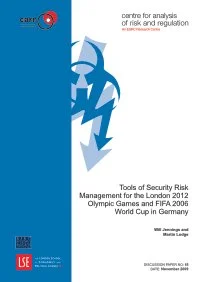Aiden Sidebottom (University College London) Karen Bullock (Surrey University) Rachel Armitage (University of Huddersfield) Matt Ashby (University College London) Caitlin Clemmow (University College London) Stuart Kirby (Crime Insights Limited) Gloria Laycock (University College London) Nick Tilley (University College London).
‘Problem-oriented policing’ (POP) is an approach for improving police effectiveness. In the United Kingdom (UK), it is also referred to as ‘problem-oriented partnerships’ or ‘problem-solving policing’. Problem-solving policing calls for the police to focus not on individual incidents but on problems - defined as recurrent clusters of related incidents that affect the community. It advocates a structured process whereby the police (1) systematically identify persistent problems, (2) undertake in-depth analysis to determine the conditions giving rise to these problems, (3) devise and implement tailored responses and (4) work out if the chosen responses were effective. At its simplest, POP outlines a method for dealing with localised problems. In its most general sense, it outlines an approach for how the police operate.
Problem-solving has been widely adopted by police forces in the UK and internationally. Successive reviews, case studies and experiments have shown POP to be an effective way of reducing crime and disorder. Yet despite extensive evidence demonstrating the effectiveness of problem-solving, research also identifies recurrent challenges both in the implementation and practice of a problem-oriented approach. Consequently, POP has not become a persistent feature of policing in the UK.
College of Policing. NPCC. 2019. 89p.





















